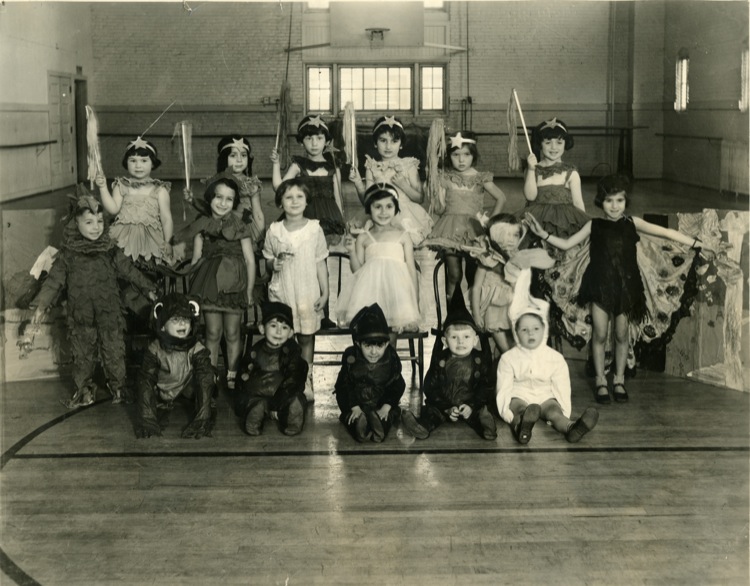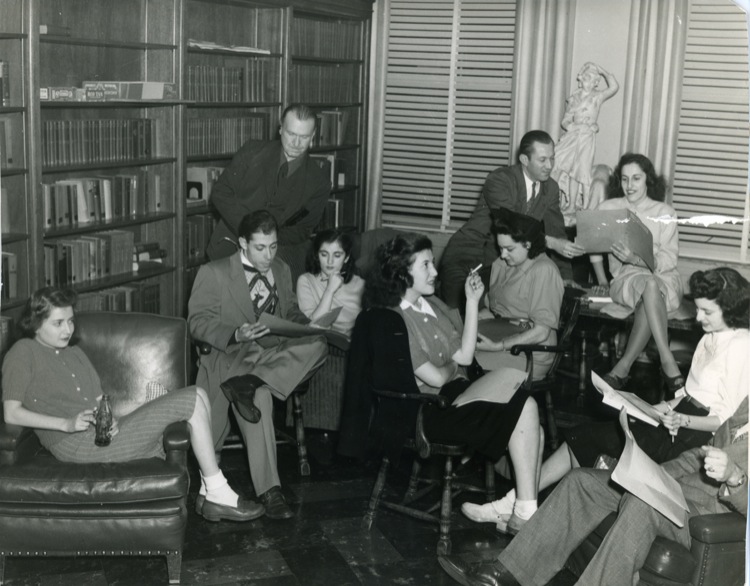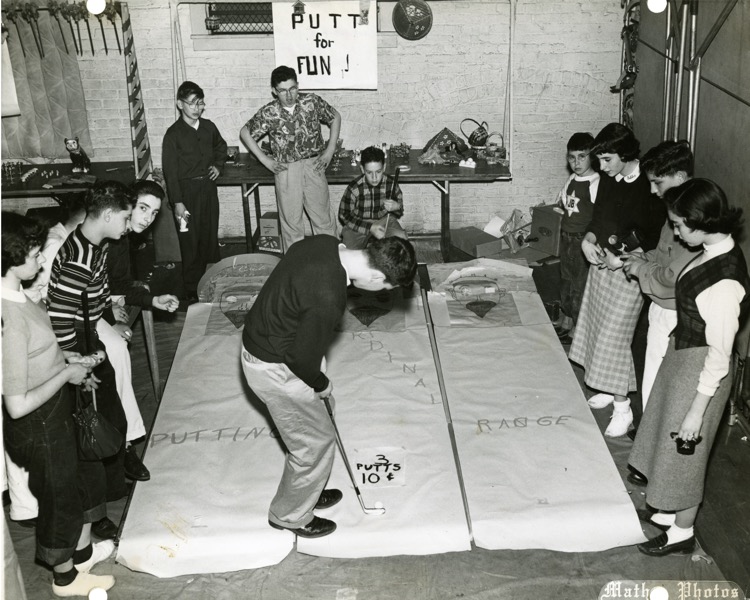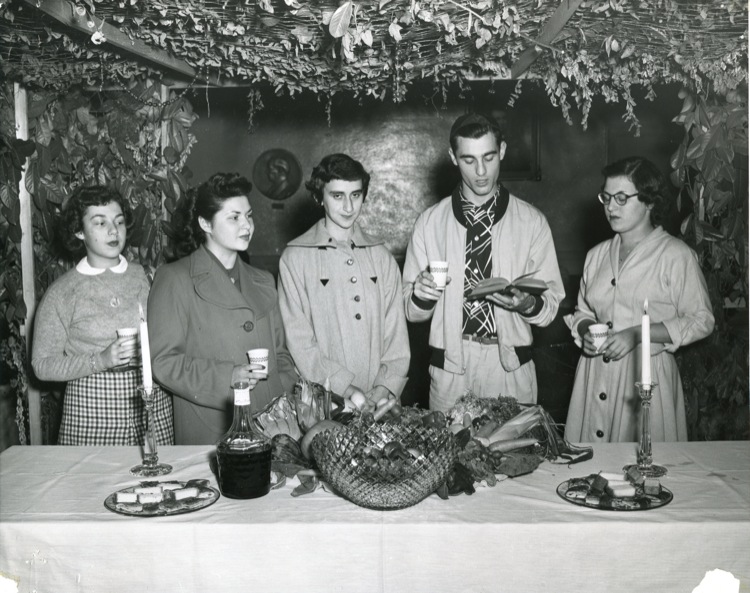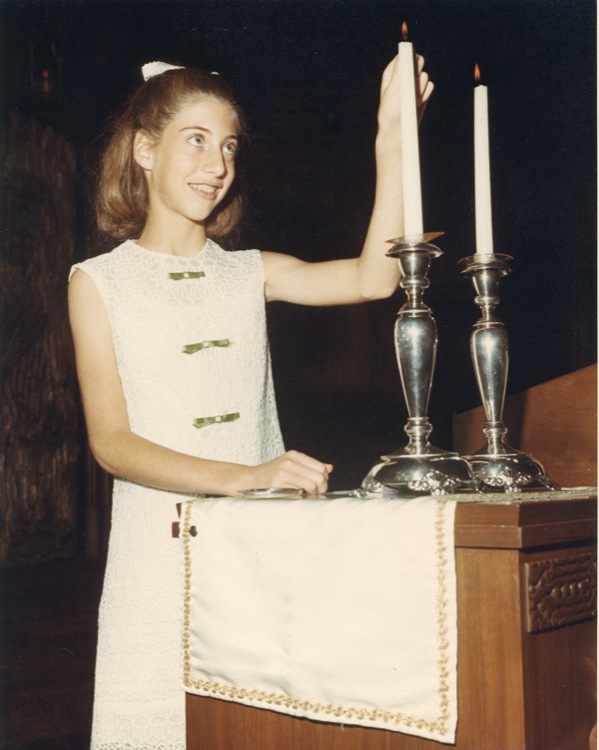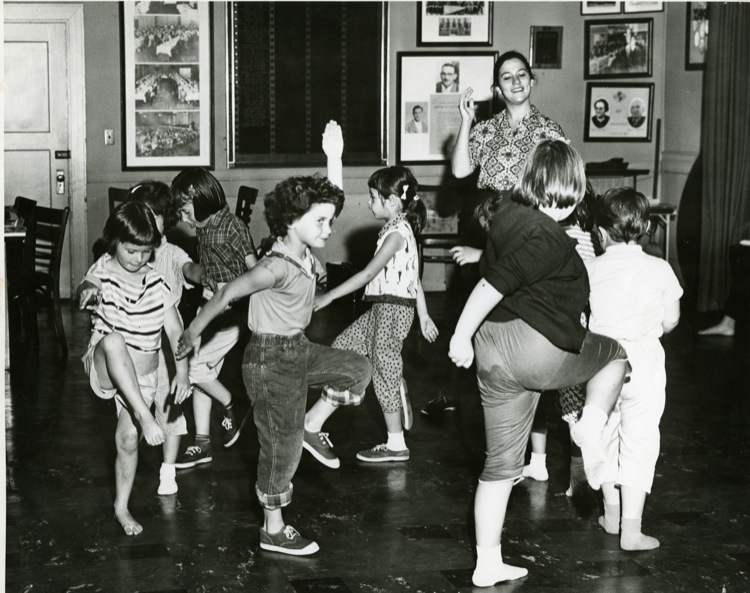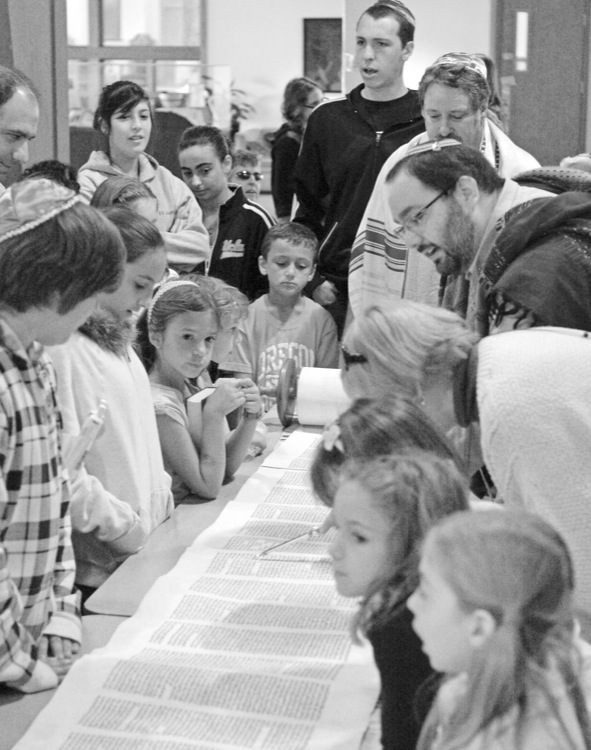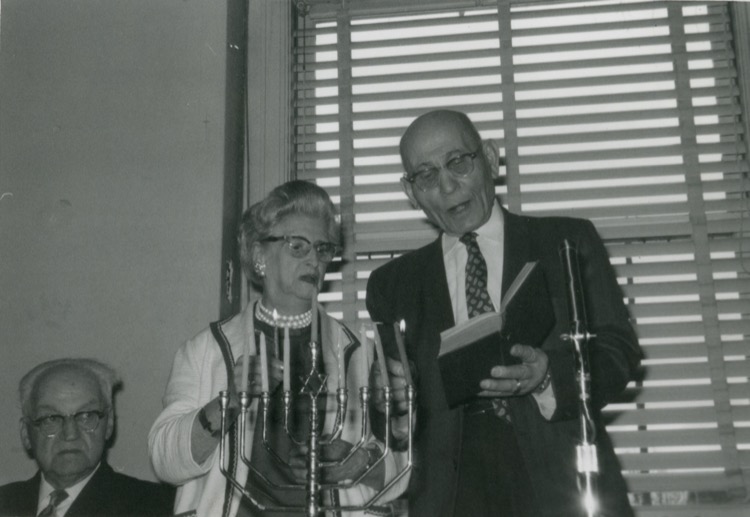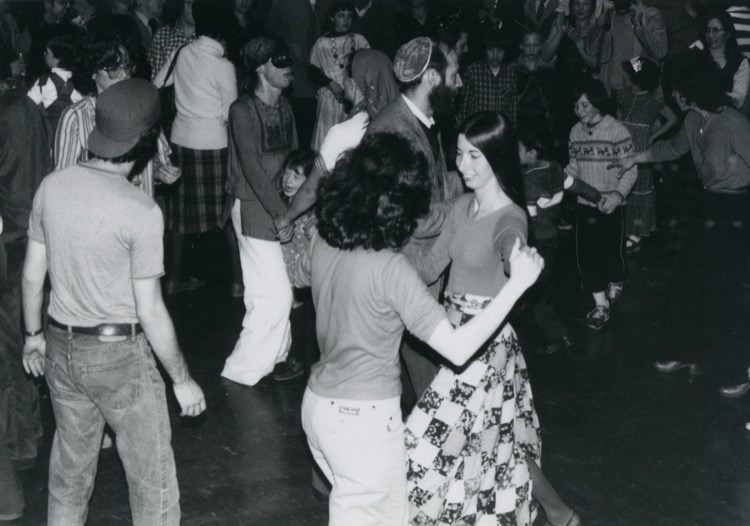HISTORY, TIMELINE & GALLERY
History of the Jewish community on Portland’s Eastside and the Eastside Jewish Commons
The early immigrant community of Eastern European, Sephardic, and Russian Jews concentrated in historic South Portland beginning at the turn of the 20th century. That area encompassed what is now known as the South Waterfront, along with Portland State University and the Corbett-Terwilliger-Lair Hill neighborhoods. At about the same time, a handful of Jewish families with roots in Russia and the Ukraine, settled in the Alberta neighborhood of northeast Portland. They founded Portland’s first eastside synagogue, Congregation Tifereth Israel (a.k.a., the Alberta Shul), which operated from 1914 to 1952. The congregation began in a small church building at NE 20th and Going Street and expanded over the years to include up to 100 families before outgrowing that space, relocating a few blocks away, and eventually disbanding in a merger with Congregation Shaarie Torah in northwest Portland.
Although Jewish Portland was initially concentrated on the westside, the 1950s¹ saw a major shift to eastside neighborhoods such as Irvington, Alameda, Laurelhurst, Ladd’s Addition, Eastmoreland, and Westmoreland. A 1957 survey found the majority of the Jewish community on the eastside, 36% in Northeast and 20% in Southeast, despite its dearth of Jewish institutions. Many fondly remember attending high school at Grant, Cleveland, Franklin, and Washington. During this time, many Jewish-owned businesses also opened their doors on the eastside. Furniture stores included Schleiffers, Standard, Hy Jackson’s Fine Furniture, Fishels, and Broadway, while Ron Tonkin was one of many car dealerships.
In the late 1960s and early 1970s, Portland’s three charismatic Rabbis—Joshua Stampfer (Neveh Shalom), Emmanuel Rose (Beth Israel), and Yonah Geller (Shaarie Torah)—spearheaded a discussion about where to invest in Portland’s Jewish infrastructure. The choice, motivated by the growing interest in suburban living that was prompting the growth of Raleigh Hills, Hillsdale, and Beaverton communities, was to build on Portland’s westside. This spurred much of the Jewish population to relocate to be closer to the Jewish institutions centered around the Mittleman Jewish Community Center and the inner northwest neighborhoods. Eastside Jews from that era speak about the challenges of commuting to the MJCC or synagogue, and the extent to which they felt disconnected from Jewish communal life.
Still, many Jews continued to live on the eastside, where 80 percent of the City’s overall population lives² and which has seen tremendous overall growth. Fewer Jewish residents of the eastside have affiliated with synagogues or other traditional institutions. In 2000, a consortium³ of Jewish agencies conducted “Caravan Visits” around the community, including one on the eastside. According to Priscilla Kostiner, President of the Jewish Federation of Greater Portland Board at that time, “It was obvious then that the Eastside needed a geographically convenient visible, easily accessible location to serve a huge diverse Jewish population.”
This need was confirmed by the 2023 Greater Portland Community Study, which found there are approximately 56,600 Jews residing in 31, 100 households in the metro area. 55% of area Jews currently live on Portland’s eastside, as well as North Portland and SW Washington.
In 2003, Congregation Shir Tikvah was founded under the spiritual leadership of Rabbi Ariel Stone, based out of a shared church space at NE 75th and Glisan. Over time, Congregation Shir Tikvah began a search for a better home, which led to a series of “World Cafe” meetings in exploration of its identity and future. Rabbi Stone and congregational members led by Kalyn Culler Cohen brought forth a concept of sharing space with compatible organizations, toured numerous buildings, and forged relationships throughout the community.
During the 2010s, newer organizations such as Moishe House, Tivnu, TischPDX, Tree of Life Montessori, and Chabad of NE Portland, and several home-based daycares and collectives made their home on the eastside. Producer/director Sacha Reich founded the Jewish Theater Collaborative. Eastside-based lay leaders at Congregation Neveh Shalom formed a group called Mizrach that held regular events. Jewish Federation of Greater Portland funded exploration of an eastside concept called Mikdash, led by visiting Rabbi Nate DeGroot. Portland Jewish Academy considered numerous potential eastside expansion locations and began offering an eastside shuttle bus and after-school care at Glencoe elementary. NCSY helped organize and lead robust Jewish student clubs at several eastside high schools. B’nai B’rith camp offered day-off camps and support for eastside families. Westside organizations held events on the eastside including Shabbats in parks, fundraisers, book readings, concerts, social action activities, and b’nai mitzvah parties.
In 2017, a group of girls kick-started a defunct B’nai B’rith girls chapter Herzl BBG, renaming it Bella Abzug BBG. The Abzug chapter quickly grew to 20+ girls meeting in homes across the eastside. BBG girls then organized the Jewish student union at Cleveland High School.
Also in 2017, a group of eastside Jews mobilized to purchase and renovate the historic “Alberta Shul” building that had been home to Congregation Tifereth Israel. Although the fundraising effort was abandoned, the Alberta Shul incorporated as a non-profit organization and continue organizing eastside residents to learn, experiment, celebrate, pray, and advance social justice causes.
This swell of activity energized community leaders from a wide spectrum of Portland’s synagogues and institutions to collaborate in a fresh approach. A steering committee⁴ hired non-profit consultant Mark Sherman, conducted a feasibility study, and hosted a series of community conversations. Eastside residents proved hungry for connection to points of Jewish life. They expressed frustration about the lack of infrastructure close to home, the difficulty of reaching Jewish communal activities given the worsening traffic congestion and population growth. Themes emerged around seeking religious, spiritual, cultural, educational, and social options, ideally under one roof. Thus, the Eastside Jewish Commons drafted its mission and vision.
Eastside Jewish Commons became a formal non-profit organization, launched a website, developed a business plan, and created architectural concepts representing the vision of a vibrant, inclusive, welcoming, collaborative shared space. A formal Board of Directors forged partnerships with more than 24 Jewish organizations and received financial support from many generous donors from all parts of Portland. Volunteer leadership and support spurred community-wide events such as an end-of-Passover party at Revolution Hall, a pool party at Grant pool, and a series of in-home Sukkot gatherings in 2019 brought eastside Jews together as a community for the first time.
The COVID-19 pandemic forced a hiatus from fundraising and building search efforts until Spring of 2021. Michael Hanna (an original EJC Steering Committee member), Mary Ruth Hanna, and Tod Breslau made the space available to Congregation Shir Tikvah and EJC.
The opening of EJC in July 2021 is the realization of a Portland Jewish community dream to have a building on the eastside for interdenominational Jewish communal life.
EJC is a bridge between east and west, to newcomers and to those who are unaffiliated with or discouraged by traditional forms of engagement, and to those in households with non-Jews, those who are Jewish by choice or adoption, or those who love us. EJC is a bridge to those who have felt marginalized, disenfranchised, or unwelcome for whatever reason, as well as to the hundreds of legacy families who once lived and thrived on the eastside, and to the wide spectrum of religious choice that represents Judaism, and all the rich nuances and big personalities in our community. EJC is a bridge to all who seek community, and to our future, so that we can ensure that our rich traditions continue to thrive.
As EJC works with our many partner organizations to create a vibrant, welcoming space for all, we look forward to dreaming together about growing Jewish engagement both within the eastside and within the greater Portland Jewish community.
Welcome to the Eastside Jewish Commons!!
[1] The Jewish Oregon Story, 1950-2010 by Ellen Eisenberg.
[2] The Portland Plan, 2012, section 6a: Population by Neighborhood. Available at: portlandonline.com/portlandplan/index.cfm?c=52257
Some of the earliest meetings were convened and hosted by Howard Shapiro ז״ל.
[3] MJCC, Cedar Sinai Park; JFCS; PJA and Maimonides, Portland Jewish Review; Oregon Jewish Museum; Jewish camps
[4] Erik Richmond, David Forman, Alysa Rose, Mia Birk, Lesley Sacks, Michael Hanna, Steve Albert, Margot Feves.
Timeline
historical Gallery
A series of gatherings with the EJC, 2019



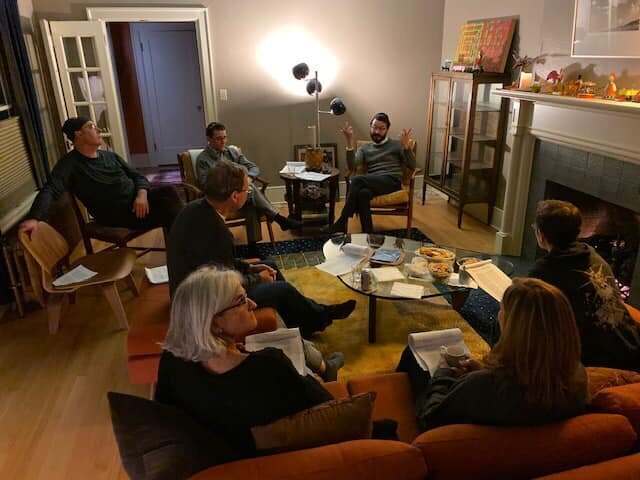
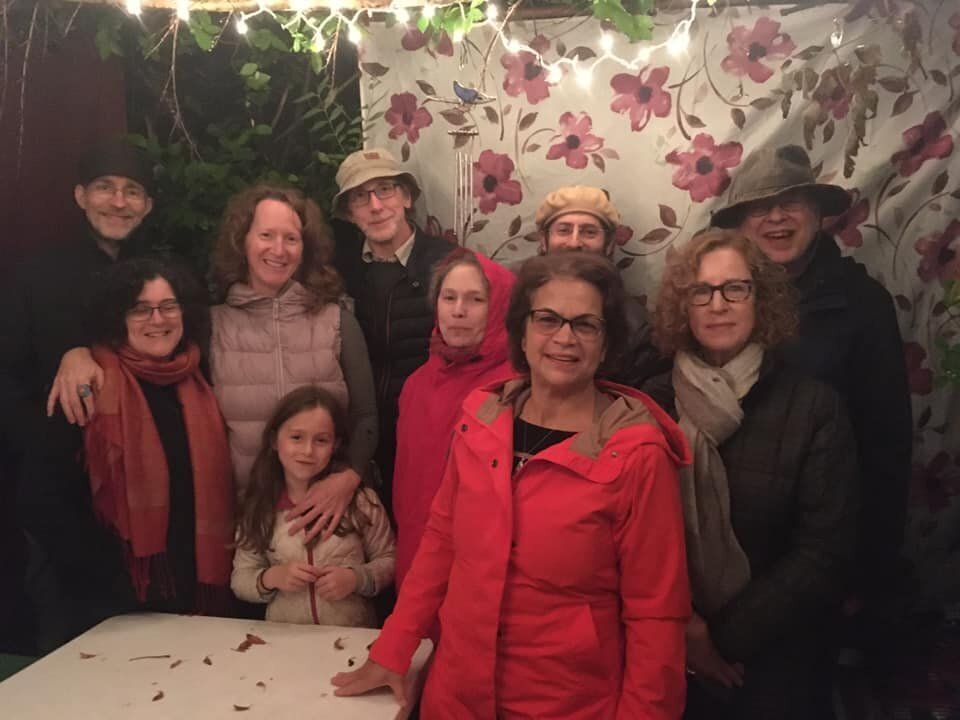
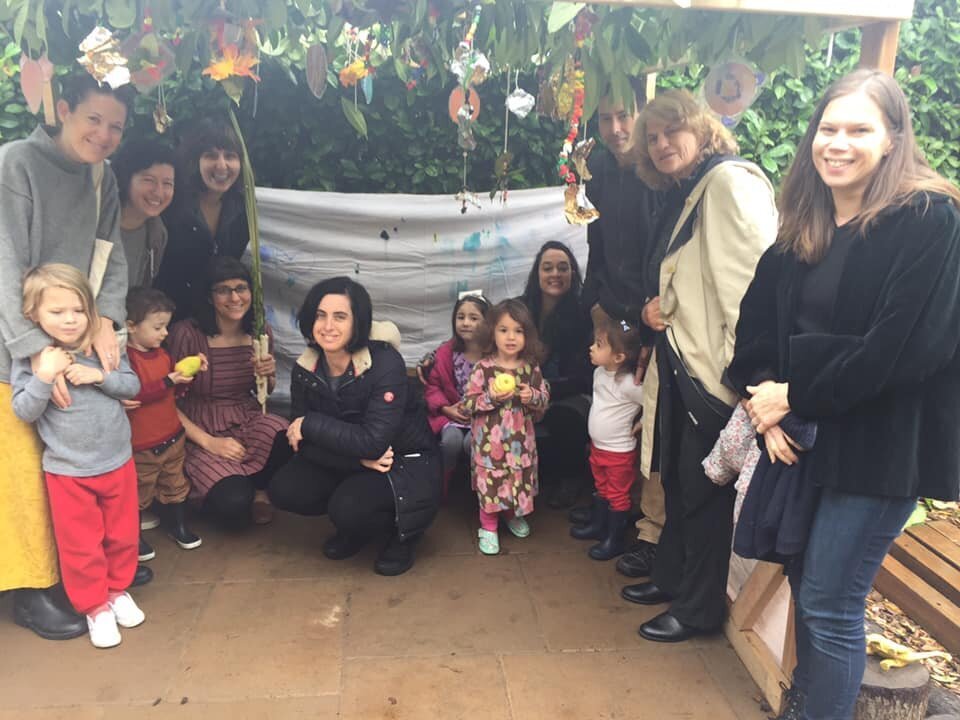
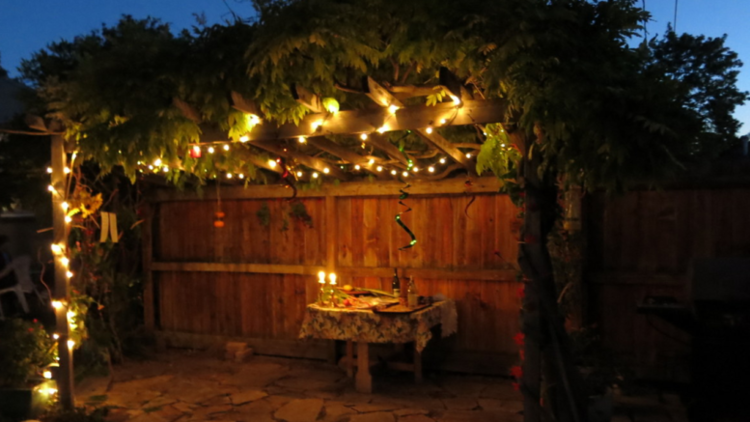
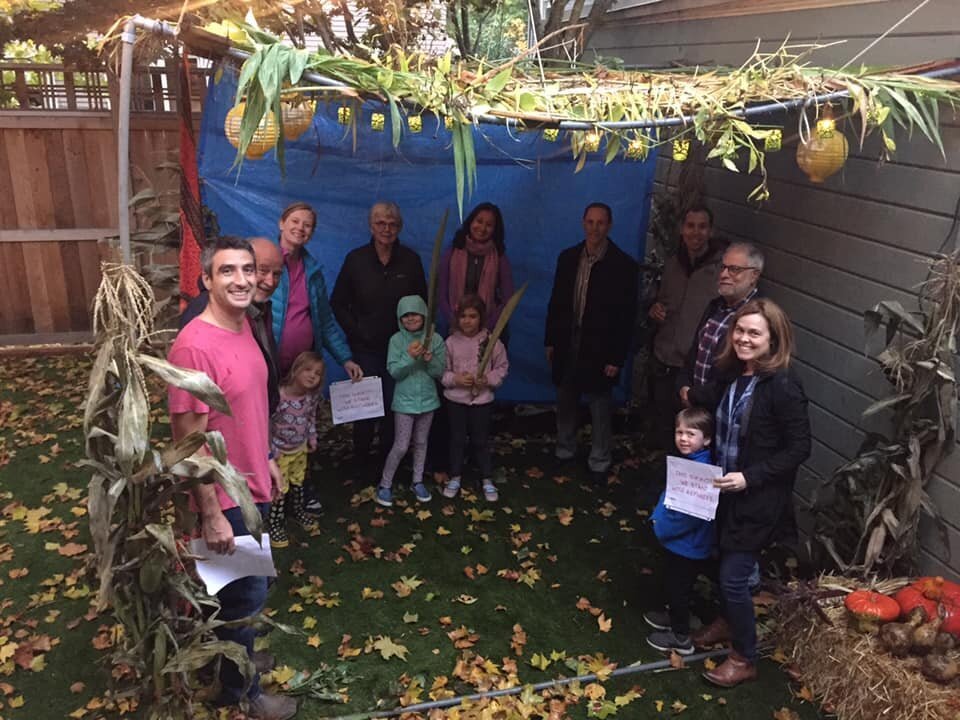
Some photos on this site are historical photos documenting Jewish life in Portland, generously provided by the Oregon Jewish Museum and Center for Holocaust Education. The name, year, and access number are provided below; if you have questions about these photos please do not hesitate to contact the museum directly!
EJC is hoping to acquire additional photos from within our community. If you have photos that you’d like to share with us, please get in touch!
HISTORICAL PHOTOS COURTESY OF OREGON JEWISH MUSEUM + CENTER FOR HOLOCAUST EDUCATION
